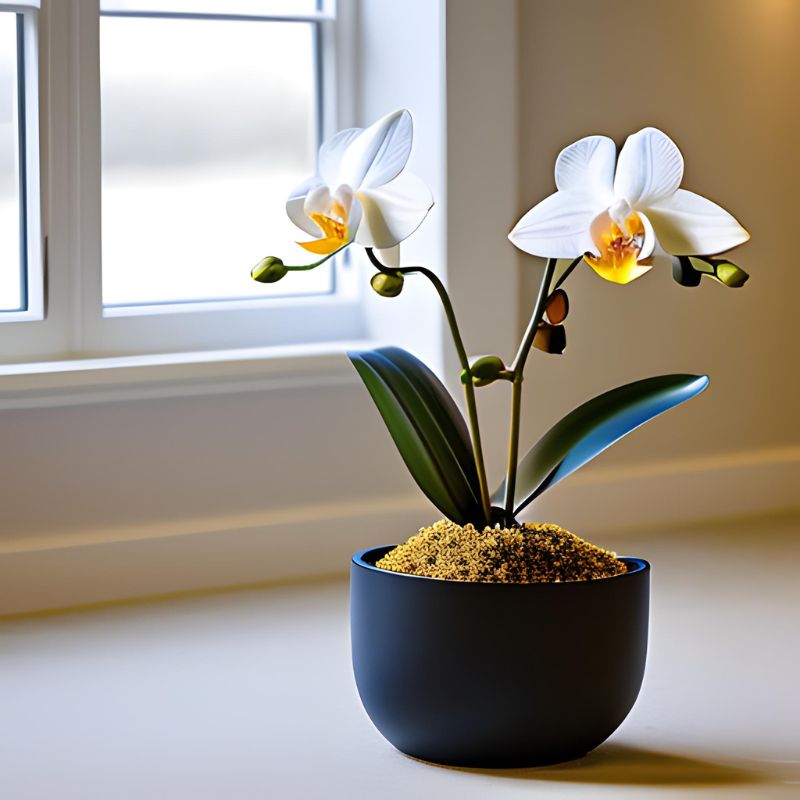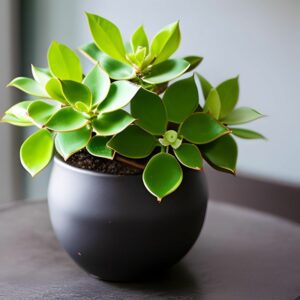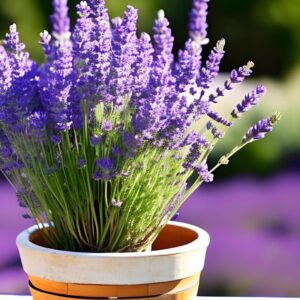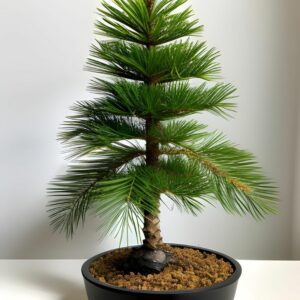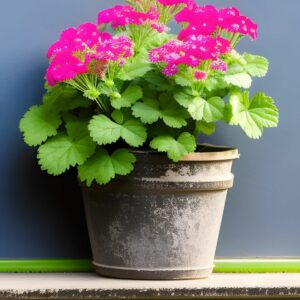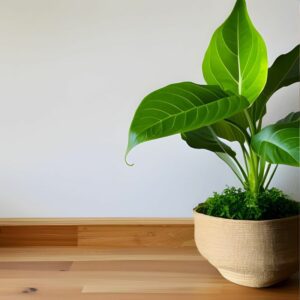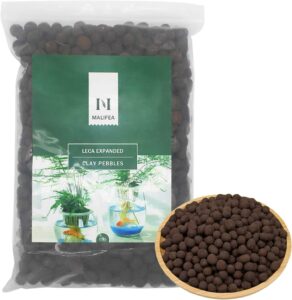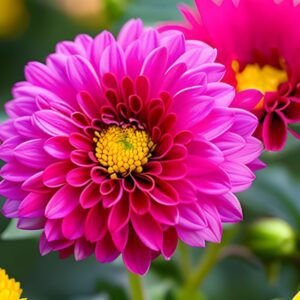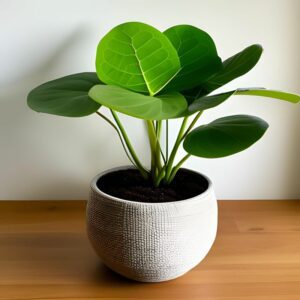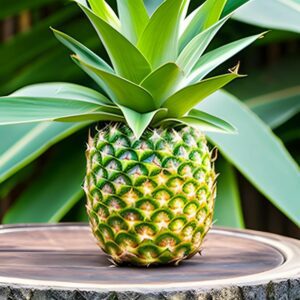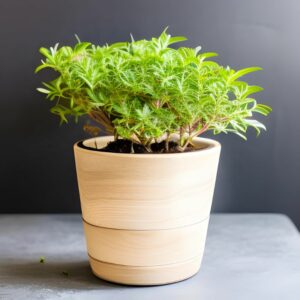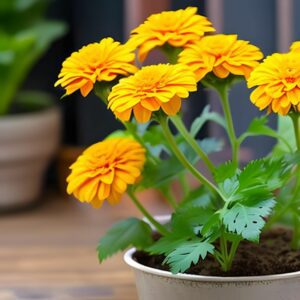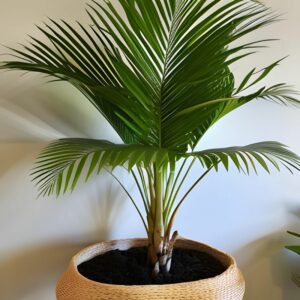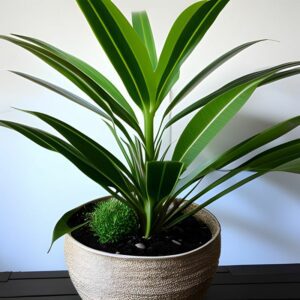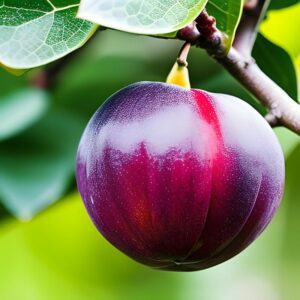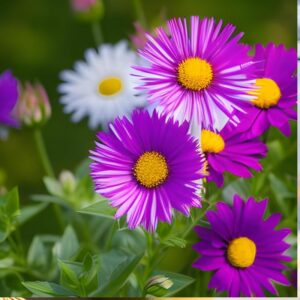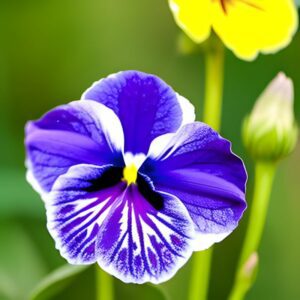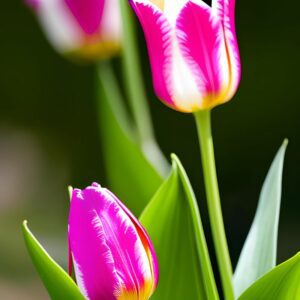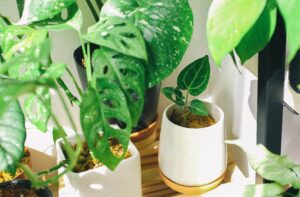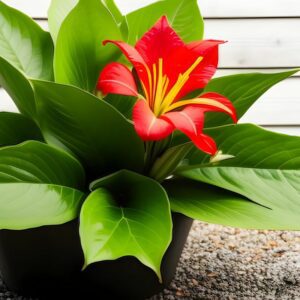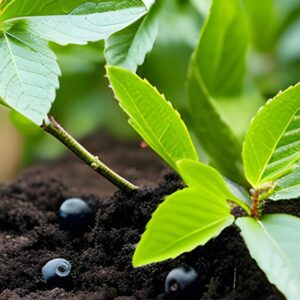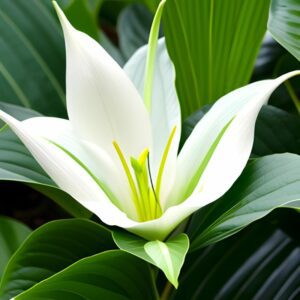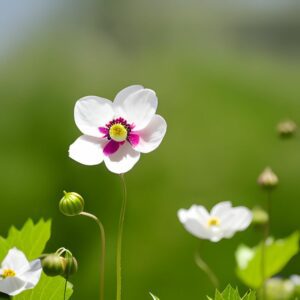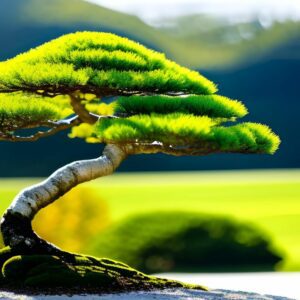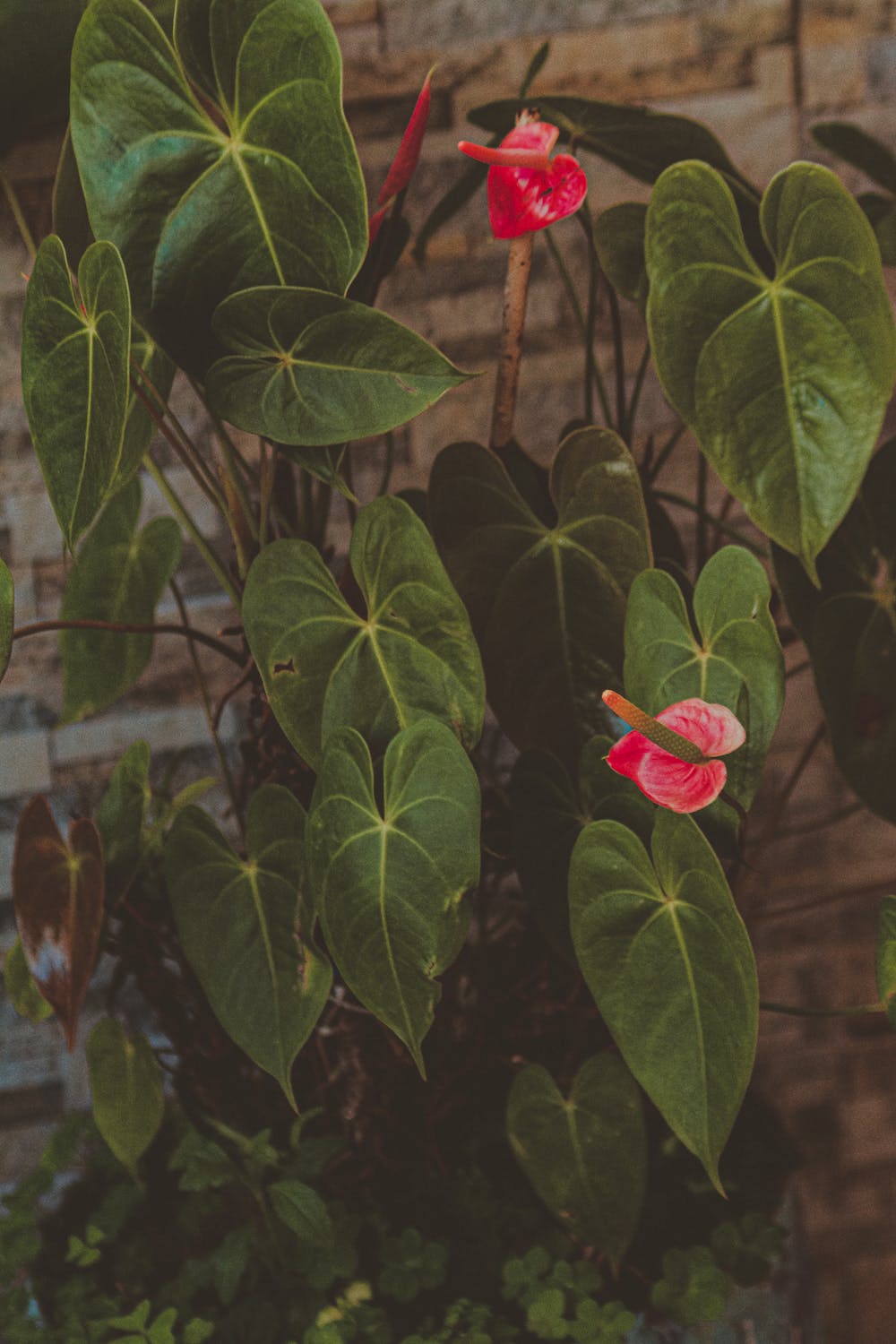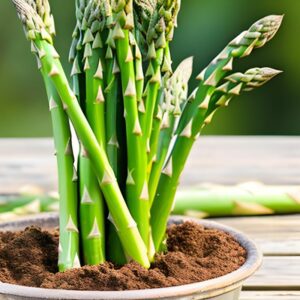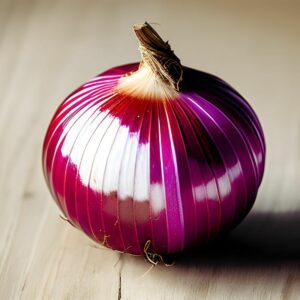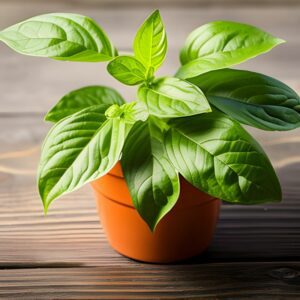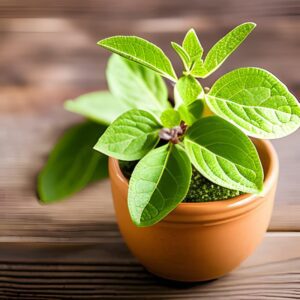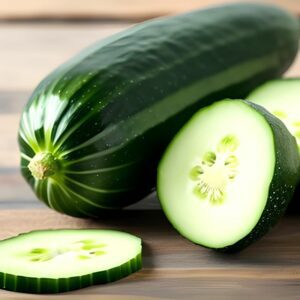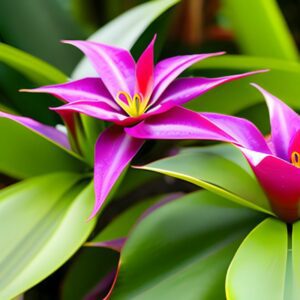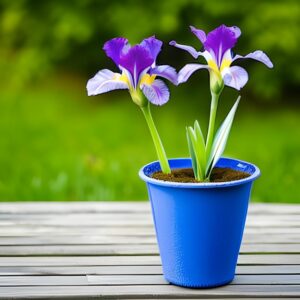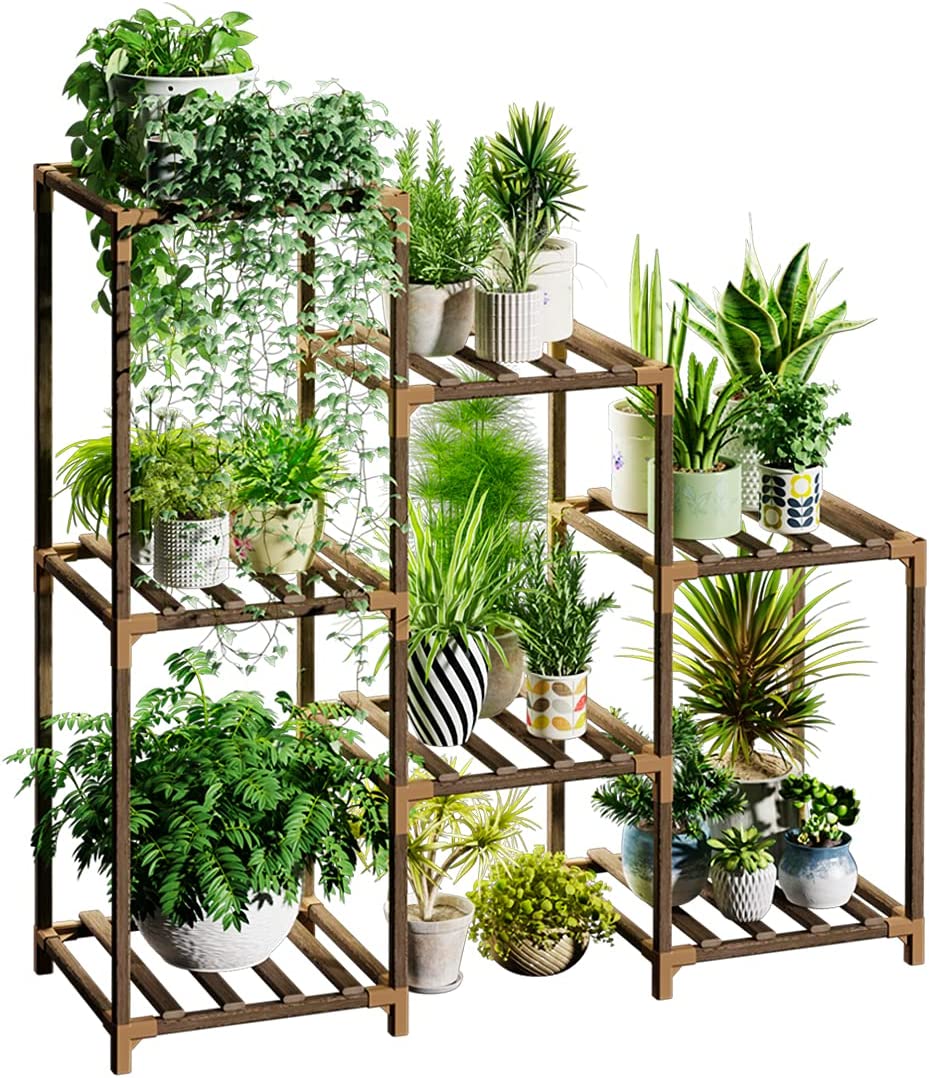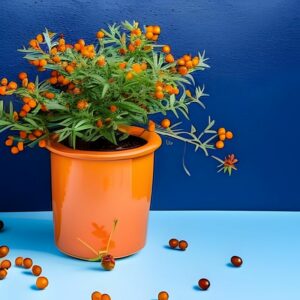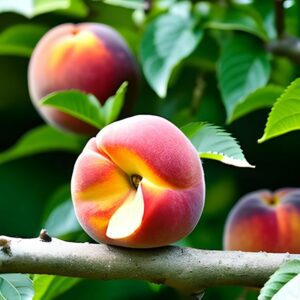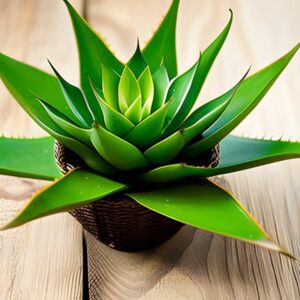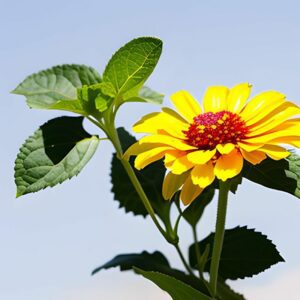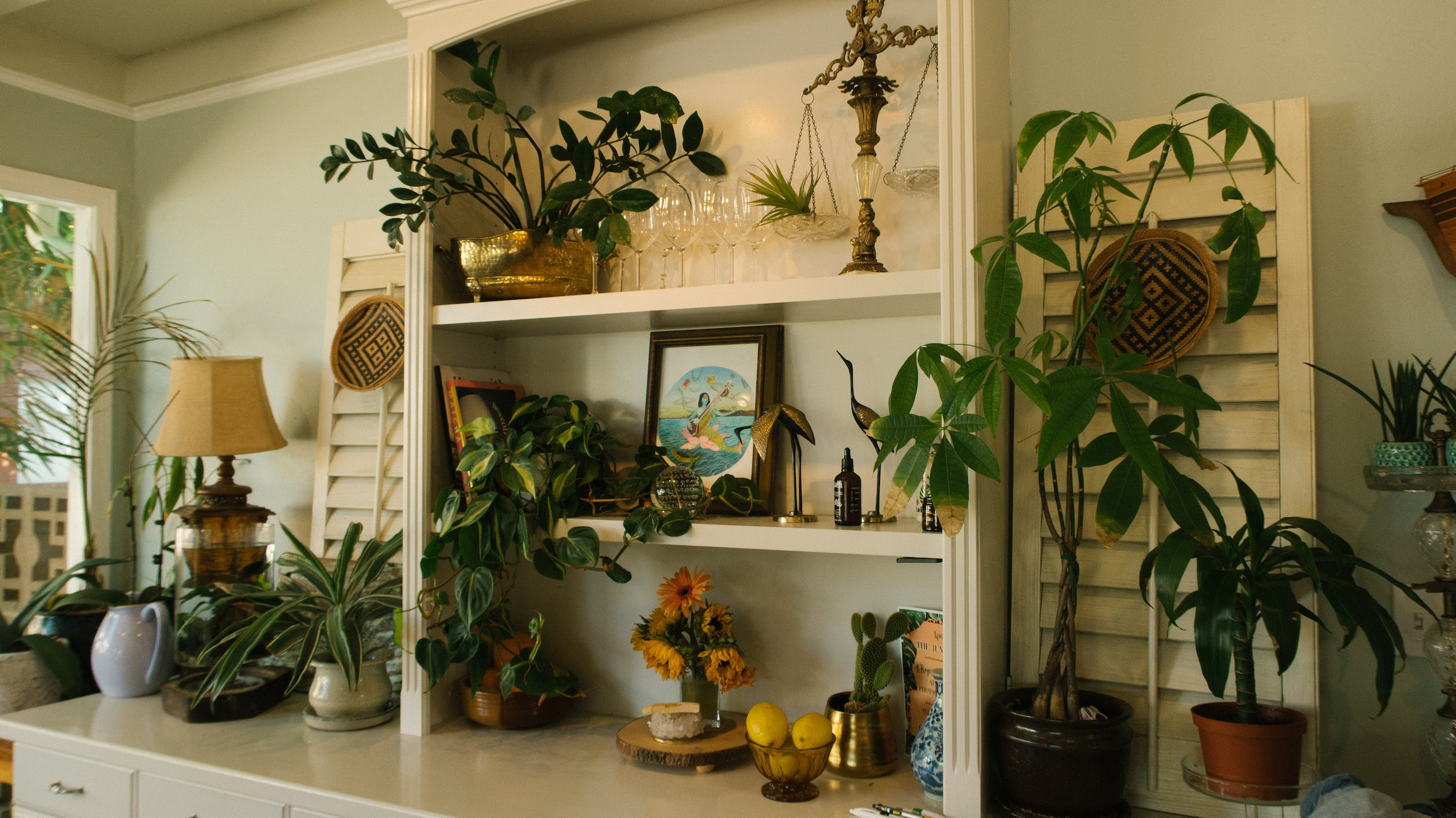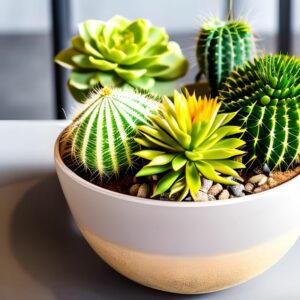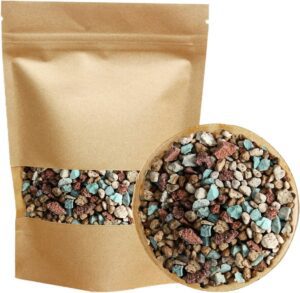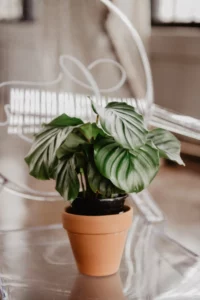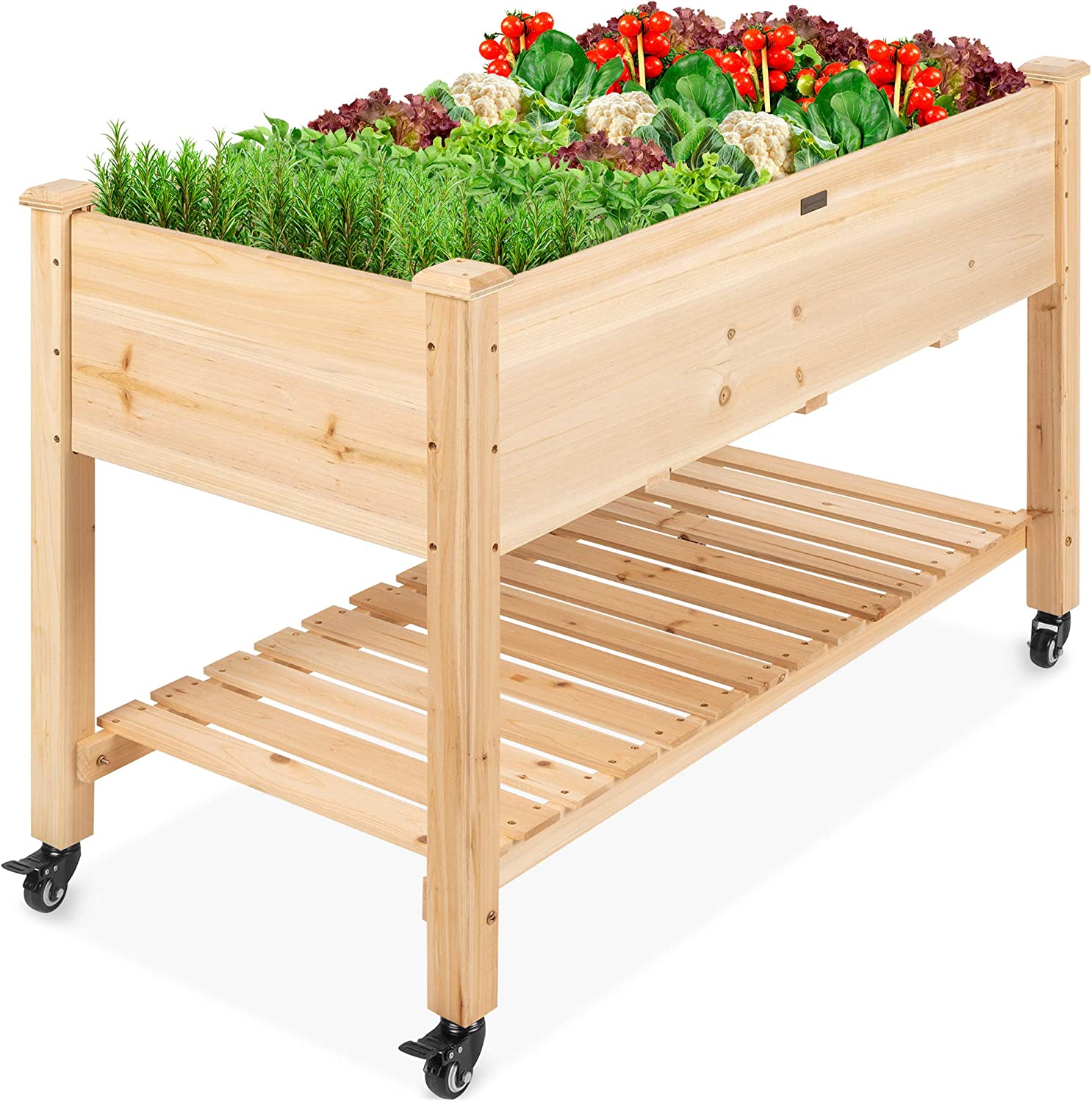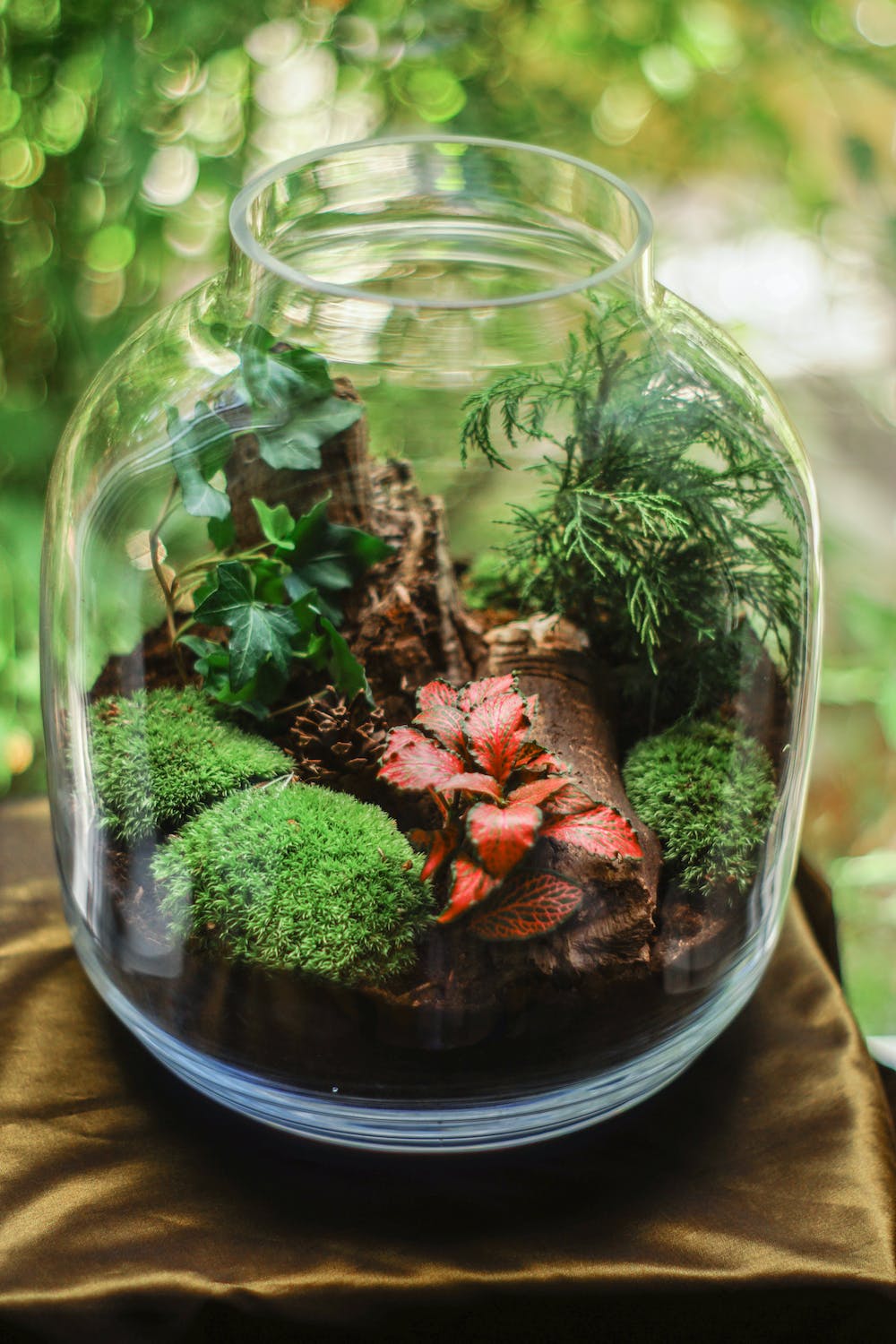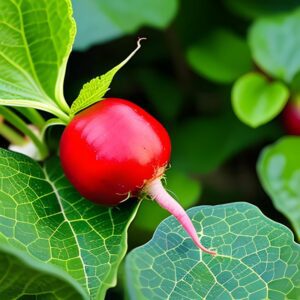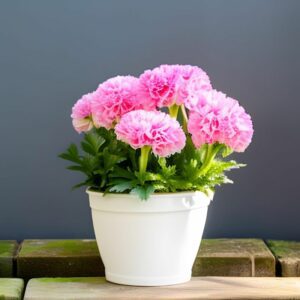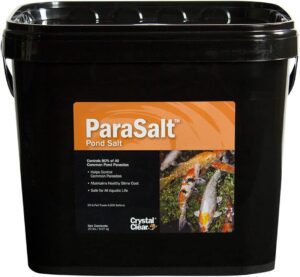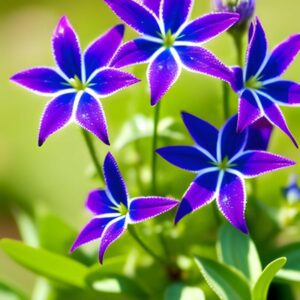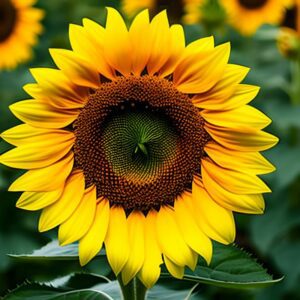Orchid
Flowers
- Anywhere
- Moderate
- 2-3 Months
Introduction
Orchids are exquisite and highly coveted flowering plants known for their beauty and diversity. They are found in various regions around the world and have captivated plant enthusiasts for centuries. Orchids are popular as ornamental houseplants due to their stunning flowers, which come in a wide range of colors, shapes, and patterns.
Plant Characteristics
Orchids display unique and intricate flowers with symmetrically arranged petals and sepals. The flowers can be small or large, depending on the orchid species. Orchid leaves are often leathery and may be elongated or rounded. Some orchids also possess aerial roots that absorb moisture and nutrients from the air.
Ideal Growing Conditions
Orchids have specific environmental requirements for optimal growth. They prefer bright, indirect light, as direct sunlight can scorch their leaves. Orchids thrive in temperatures between 60-80°F (15-27°C) during the day and slightly cooler temperatures at night. They require high humidity levels, around 50-70%, and well-draining orchid-specific potting mix.
Planting Guide
Select an appropriate orchid species suitable for your growing conditions and experience level. Use a specialized orchid pot or container with drainage holes. Plant orchids in orchid bark or moss-based potting mix, ensuring good aeration for the roots. Avoid burying the orchid too deeply; the roots should be exposed or lightly covered by the potting mix.
Watering and Fertilizing
Orchids have specific watering needs. Water the orchid when the potting mix feels dry, but avoid overwatering or letting the plant sit in standing water. Use room temperature water or rainwater to prevent mineral buildup. Fertilize with a balanced orchid fertilizer diluted to half strength, following the package instructions.
Pruning and Maintenance
Orchids require minimal pruning. Remove any dead or yellowing leaves or spent flowers. If the orchid has an aerial root growing outside the pot, it can be gently tucked back into the potting mix or left as is if healthy.
Harvesting or Flowering
Orchids have varying flowering periods depending on the species. Some orchids bloom once a year, while others can have multiple blooming cycles throughout the year. Some orchids require a period of dormancy or rest after blooming, during which they may shed leaves or appear less active.
Post-Harvest Care
After the orchid has finished flowering, continue to provide it with the ideal growing conditions. Orchids may need repotting every 1-2 years to refresh the potting mix and ensure adequate root space. Monitor for pests such as aphids or mealybugs, and take appropriate action if necessary.
Troubleshooting
Orchids can face challenges such as root rot, fungal diseases, or insufficient flowering. Pay attention to proper watering practices, ensuring the potting mix is neither too wet nor too dry. Provide good air circulation and avoid overfertilizing. If issues arise, consult orchid-specific resources or seek guidance from experienced orchid growers.
Fun Facts
Orchids are one of the largest families of flowering plants, with over 25,000 species. Some orchids have developed intricate relationships with specific pollinators, such as bees, moths, or birds. Orchids have been associated with beauty
